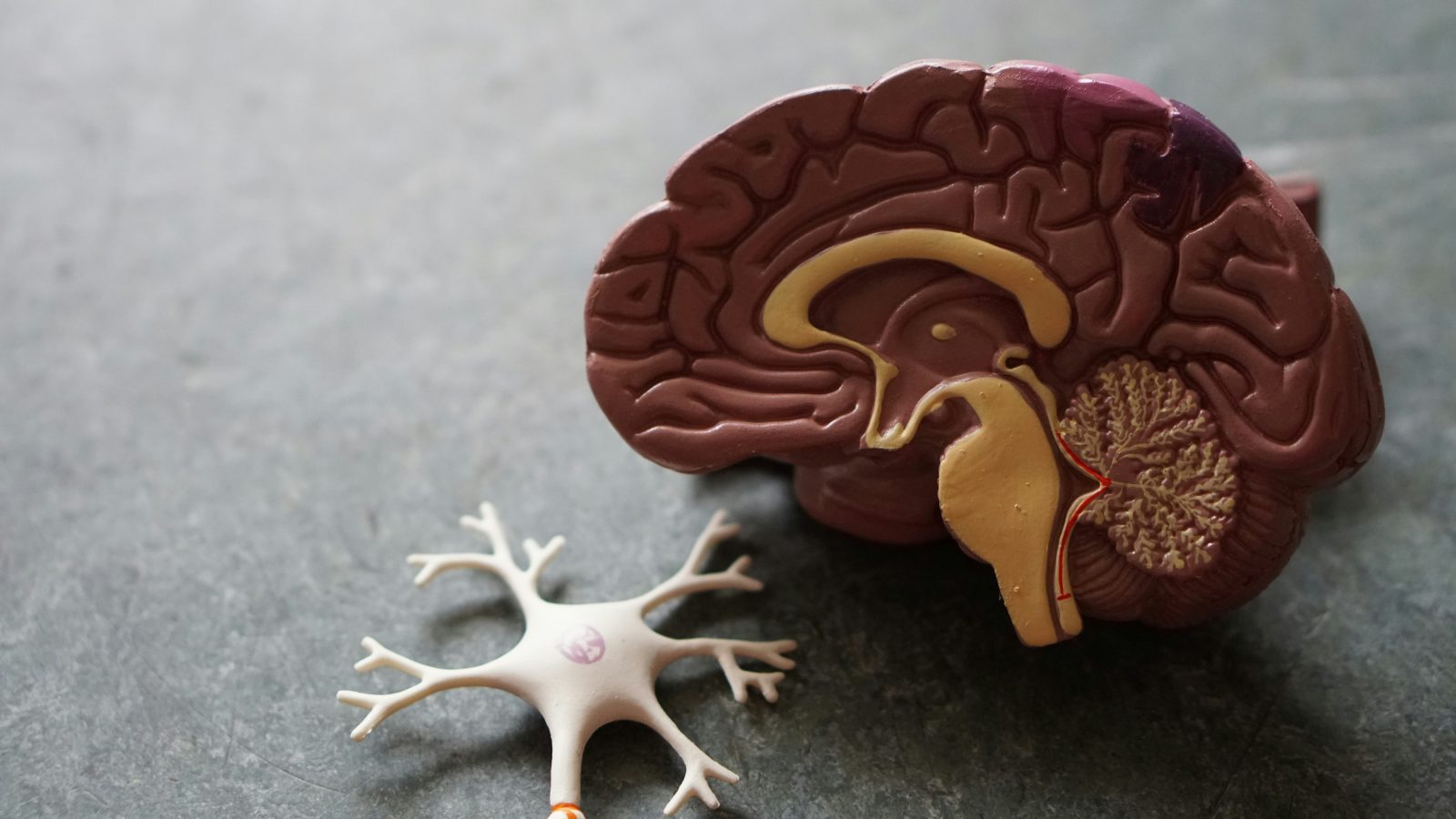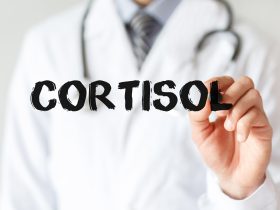In a world where stress levels are soaring, with a quarter of adults reporting high stress and a significant portion diagnosed with anxiety or depression, the quest for calmness becomes paramount. Amidst the plethora of treatment options available, from therapy to medication, a new contender has emerged: the vagus nerve.
You might have stumbled upon claims from social media influencers suggesting that stimulating the vagus nerve can help with mental health by alleviating mood disorders or even preventing them altogether. While plunging your face into ice water might not be the ultimate solution, it’s one method to activate this crucial nerve.
But what exactly is the vagus nerve, and how can it influence your emotional well-being? Let’s delve deeper into this fascinating topic to uncover the potential benefits and limitations of tapping into the power of the vagus nerve.
What Is the Vagus Nerve and How It Impacts Your Mental Health
The vagus nerve, named after the Latin word for “wandering,” is aptly named due to its extensive reach throughout the body. It originates from the brain stem and extends its intricate network of fibers to various vital organs and regions, including the inner ear, throat, heart, lungs, and gastrointestinal tract. This extensive distribution allows the vagus nerve to play a crucial role in regulating numerous bodily functions.
Often described as a “mind-body superhighway,” the vagus nerve acts as a key mediator between the brain and the rest of the body, facilitating bidirectional communication and coordination. It serves as a crucial component of the autonomic nervous system, which regulates involuntary bodily processes such as heart rate, digestion, and respiratory function.
The vagus nerve primarily functions as a regulator of the body’s stress response system. In times of stress or danger, the sympathetic nervous system, also known as the “fight or flight” response, becomes activated, preparing the body to respond to the perceived threat.
This activation triggers the release of stress hormones such as adrenaline and cortisol, increasing heart rate, blood pressure, and respiratory rate to mobilize energy and enhance alertness.
However, the vagus nerve acts as a counterbalance to this stress response, activating the parasympathetic nervous system. Often referred to as the “rest and digest” or “feed and breed” system, the parasympathetic nervous system promotes relaxation and conservation of energy. When activated, it slows heart rate, lowers blood pressure, stimulates digestion, and promotes feelings of calm and relaxation.
One of the most notable features of the vagus nerve is its role in facilitating the body’s ability to recover from stress. After a stressful event, activating the vagus nerve through techniques such as deep breathing, meditation, or mindfulness can help initiate the relaxation response.
By stimulating the vagus nerve, individuals can promote a state of physiological and psychological equilibrium, reducing the negative effects of chronic stress and promoting overall well-being.
Furthermore, research suggests that the vagus nerve may play a role in regulating mood and emotional states. Studies have shown that individuals with impaired vagal tone, or reduced vagus nerve activity, may be more susceptible to mood disorders such as anxiety and depression.
Conversely, interventions that enhance vagal tone, such as vagus nerve stimulation or specific breathing techniques, have been associated with improvements in mood and emotional regulation.
Vagus Nerve Stimulation for Diagnosed Mood Disorders
Understanding the connection between the vagus nerve and mood disorders is essential, especially concerning diagnosed conditions.
PTSD
VNS therapy shows potential for treating posttraumatic stress disorder (PTSD). In one trial, VNS devices were found to regulate the body’s stress response to traumatic memories and promote recovery from stress compared to a placebo treatment.
Another study showed that non-invasive VNS blocked inflammatory responses to PTSD trauma and reduced subjective measures of anger compared to a sham condition in a double-blind, randomized controlled trial.
Treatment-resistant Depression
Vagus nerve stimulation (VNS) has emerged as a significant therapeutic approach for treatment-resistant depression, offering promising results in clinical and university settings.
VNS therapy involves the implantation of a device similar to a pacemaker beneath the chest skin, delivering electrical signals directly to the vagus nerve. These signals travel to the brain stem and various brain regions associated with mood regulation, although the precise mechanisms are not fully understood.
Originally developed for epilepsy treatment, VNS therapy revealed unexpected benefits for mental well-being, suggesting a potential overlap in the brain regions governing seizures and mood. Furthermore, it may enhance the transmission of neurotransmitters involved in stress response modulation.
Unlike intermittent DIY methods of vagus nerve stimulation, such as breathwork, the implanted device provides continuous and consistent stimulation, akin to taking a deep breath continuously. This sustained stimulation has demonstrated effectiveness in alleviating depressive symptoms over six to nine months, potentially due to its constant modulation of stress response pathways.
Moreover, VNS therapy has shown to enhance resilience to stress over time, reducing the severity of future symptoms. A meta-analysis examining individuals with treatment-resistant depression revealed significant improvements in depressive symptoms with implantable VNS therapy, surpassing the benefits of standard care alone by nearly 30 to 44 percent over two years.
Other Types of Depression
While implantable VNS therapy has shown promise in treating major depressive disorder, particularly in cases of treatment-resistant depression, its effectiveness in mild and moderate depression remains uncertain. Limited evidence exists regarding the use of implantable VNS in these milder forms of depression.
In a long-term follow-up case study involving two patients with major depressive disorder, researchers observed sustained improvements in mood and quality of life even after 15 to 16 years of receiving implantable VNS therapy. However, the applicability of VNS treatment to a broader population with mood disorders requires further investigation.
Systematic reviews have highlighted the lack of conclusive evidence regarding the efficacy of non-invasive forms of VNS in addressing depressive or anxiety symptoms, particularly in individuals with mild to moderate depression. Consequently, more research is necessary to ascertain the potential benefits of VNS therapy across a wider spectrum of mood disorders.
The Potential of At-Home Vagus Nerve Stimulation for Mood Enhancement
Stimulating the vagus nerve at home to potentially improve mood is an intriguing concept, although research in this area is still limited. Most clinical studies on vagus nerve stimulation (VNS) have focused on implantable devices for treating treatment-resistant depression, rather than exploring the effects of at-home methods on mood.
However, considering the positive outcomes observed with VNS therapy, it’s reasonable to speculate that at-home vagus nerve stimulation methods could also have mood-enhancing effects. Activities like yoga, which promote relaxation and mindfulness, have been shown to improve quality of life by reducing stress and shifting the body away from the fight-or-flight response.
Some research on non-invasive VNS devices has demonstrated their ability to activate the vagus nerve and improve vagal tone, thereby reducing stress levels. While these devices hold promise for preventing psychiatric disorders associated with stress, such as depression and post-traumatic stress disorder, more research is needed to determine their effectiveness and target population.
It’s important to approach claims about these devices with caution, as many lack scientific evidence and FDA approval. While they may offer potential benefits, they should not be viewed as standalone treatments for anxiety or depression. Instead, they can complement mainstream medical therapy and enhance therapeutic outcomes when used alongside other treatments like oral antidepressants or therapy.
DIY vagus nerve stimulation activities such as deep breathing, gargling, humming, cold exposure, meditation, yoga, and ear massage can be valuable tools for coping with day-to-day stress and anxiety.
It’s essential to explore different techniques and find what works best for you, as individual responses may vary. Integrating these practices into your self-care routine can provide additional support for managing mood and overall well-being.















Find Us on Socials